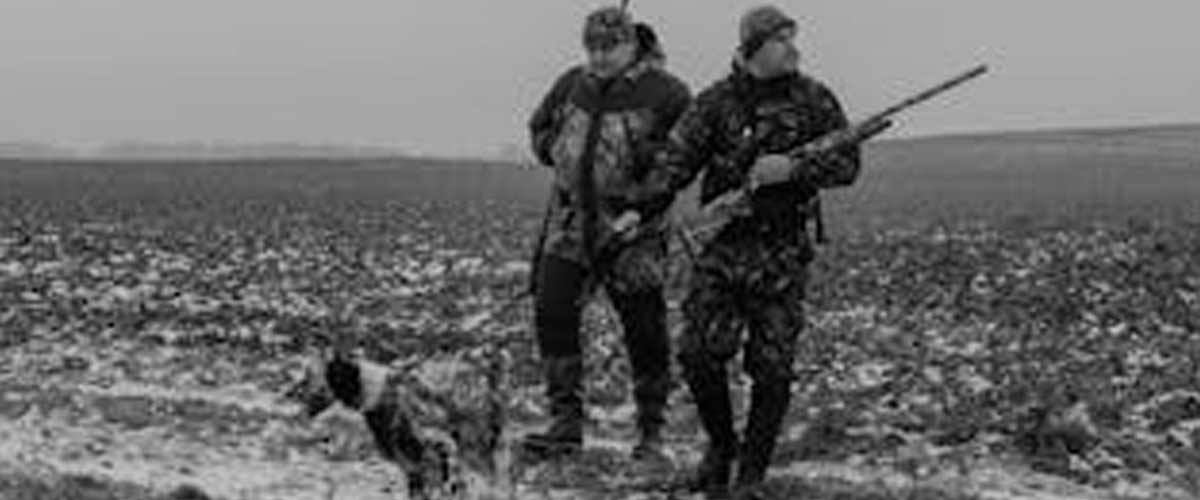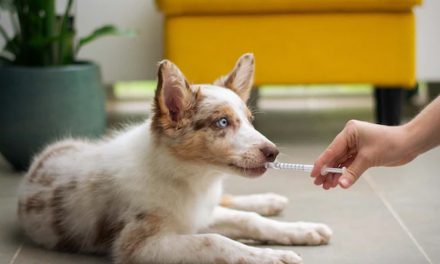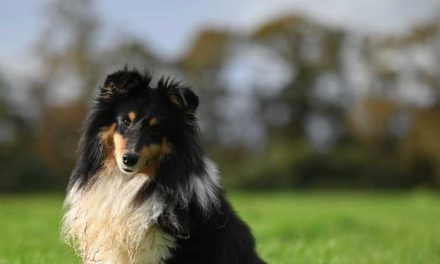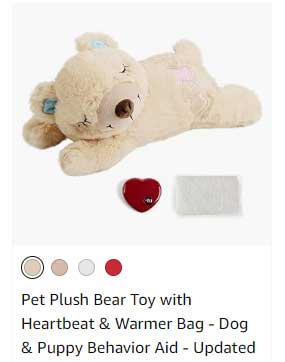World War II was a conflict that saw the participation of not only human soldiers but also thousands of brave dogs, serving in various capacities across different theaters of war.
These canines were trained and utilized by military forces for a variety of roles, showcasing their loyalty, intelligence, and capability to assist in the most challenging environments, often at great personal risk.
1. Messenger Dogs
One of the most significant roles that dogs played during the war was as messenger dogs.
They were trained to carry messages between units in combat situations where communication lines were often severed.
This was particularly crucial in the dense, chaotic environments of battlefields.
Dogs like the German Shepherds and Doberman Pinschers were prized for their ability to navigate through perilous conditions, carrying vital messages and orders without losing their focus.
2. Sentry and Guard Dogs
Dogs were also employed as sentries and guard animals for military installations, camps, and even frontline positions.
Their acute sense of hearing and smell enabled them to detect approaching enemies or potential threats long before human soldiers could.
Breeds like the Rottweiler and Belgian Malinois were often used for these purposes, providing an additional layer of security for troops.
3. Search and Rescue Dogs
In the chaos of war, the search for wounded soldiers was a critical task.
Search and rescue dogs proved invaluable, using their keen sense of smell to locate injured personnel on the battlefield.
These dogs were able to navigate rubble and debris, helping to save countless lives by leading rescuers to those in need.
Their ability to find survivors in the aftermath of bombings and other catastrophic events was a testament to their training and instincts.
4. Drug and Explosives Detection
As warfare evolved, dogs were trained to detect explosives and other hazardous materials.
The importance of these dogs, especially during operations involving landmines and booby traps, cannot be overstated.
They were deployed to sniff out dangers that could be life-threatening for troops advancing into hostile areas.
5. Companion Animals
Beyond their tactical roles, dogs also served as morale boosters and companions for soldiers.
The presence of a dog could bring comfort and a sense of normalcy amid the horrors of war.
Many soldiers formed strong bonds with their canine counterparts, and these relationships helped alleviate stress and foster a sense of camaraderie among troops.
6. Notable Canines
Many dogs became famous for their acts of bravery during World War II.
One such example is Stubby, a stray dog who became the mascot of the 102nd Infantry Regiment.
Stubby participated in battles, saved soldiers from gas attacks, and even captured a German soldier, earning recognition and accolades for his heroic deeds.
Conclusion
The contribution of dogs in World War II is often overlooked in the grand narratives of the conflict.
However, their roles were crucial to the success of military operations, saving lives and providing invaluable support to soldiers in the field.
The legacy of these courageous canines lives on, highlighting the unique bond between humans and dogs that transcends the battlefield.
As we reflect on the events of World War II, it is essential to remember and honor the service dogs who played their part in history.









